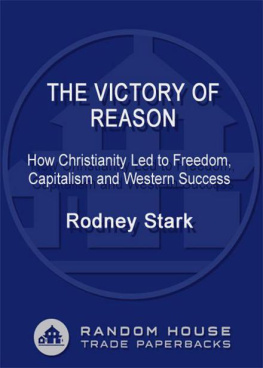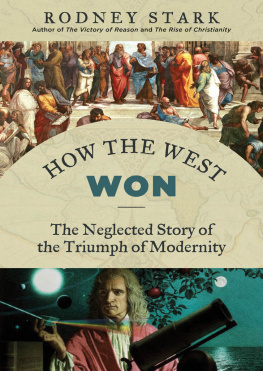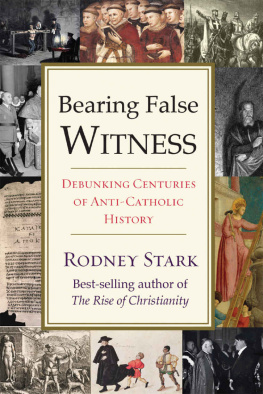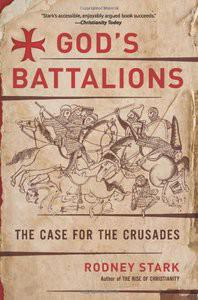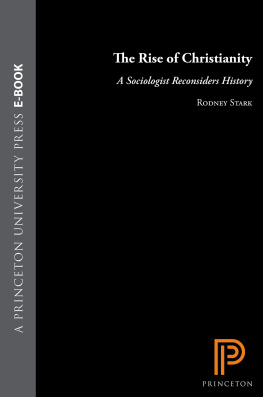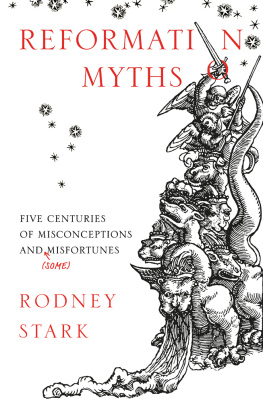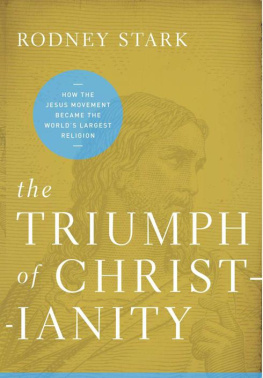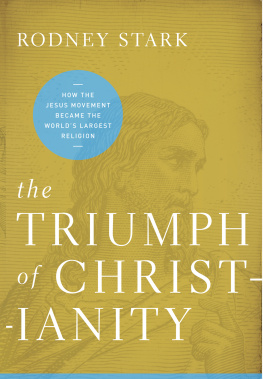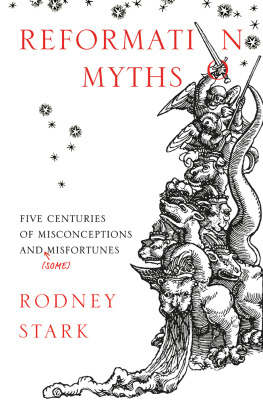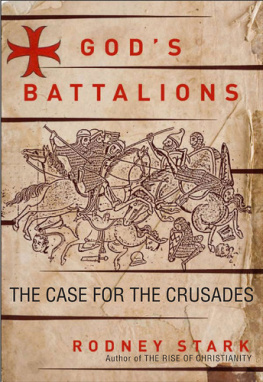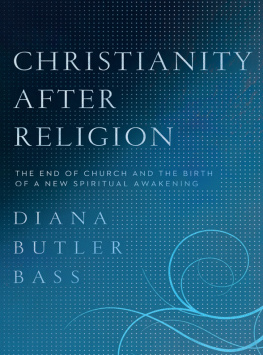Rodney Stark - Cities of God: The Real Story of How Christianity Became an Urban Movement and Conquered Rome
Here you can read online Rodney Stark - Cities of God: The Real Story of How Christianity Became an Urban Movement and Conquered Rome full text of the book (entire story) in english for free. Download pdf and epub, get meaning, cover and reviews about this ebook. year: 2006, publisher: HarperOne, genre: Religion. Description of the work, (preface) as well as reviews are available. Best literature library LitArk.com created for fans of good reading and offers a wide selection of genres:
Romance novel
Science fiction
Adventure
Detective
Science
History
Home and family
Prose
Art
Politics
Computer
Non-fiction
Religion
Business
Children
Humor
Choose a favorite category and find really read worthwhile books. Enjoy immersion in the world of imagination, feel the emotions of the characters or learn something new for yourself, make an fascinating discovery.
- Book:Cities of God: The Real Story of How Christianity Became an Urban Movement and Conquered Rome
- Author:
- Publisher:HarperOne
- Genre:
- Year:2006
- Rating:3 / 5
- Favourites:Add to favourites
- Your mark:
Cities of God: The Real Story of How Christianity Became an Urban Movement and Conquered Rome: summary, description and annotation
We offer to read an annotation, description, summary or preface (depends on what the author of the book "Cities of God: The Real Story of How Christianity Became an Urban Movement and Conquered Rome" wrote himself). If you haven't found the necessary information about the book — write in the comments, we will try to find it.
How did the preaching of a peasant carpenter from Galilee spark a movement that would grow to include over two billion followers? Who listened to this good news, and who ignored it? Where did Christianity spread, and how? Based on quantitative data and the latest scholarship, preeminent scholar and journalist Rodney Stark presents new and startling information about the rise of the early church, overturning many prevailing views of how Christianity grew through time to become the largest religion in the world.
Drawing on both archaeological and historical evidence, Stark is able to provide hard statistical evidence on the religious life of the Roman Empire to discover the following facts that set conventional history on its head:
- Contrary to fictions such as The Da Vinci Code and the claims of some prominent scholars, Gnosticism was not a more sophisticated, more authentic form of Christianity, but really an unsuccessful effort to paganize Christianity.
- Paul was called the apostle to the Gentiles, but mostly he converted Jews.
- Paganism was not rapidly stamped out by state repression following the vision and conversion of the Roman Emperor Constantine in 312 AD, but gradually disappeared as people abandoned the temples in response to the superior appeal of Christianity.
- The oriental faithssuch as those devoted to Isis, the Egyptian goddess of love and magic, and to Cybele, the fertility goddess of Asia Minoractually prepared the way for the rapid spread of Christianity across the Roman Empire.
- Contrary to generations of historians, the Roman mystery cult of Mithraism posed no challenge to Christianity to become the new faith of the empire it allowed no female members and attracted only soldiers.
By analyzing concrete data, Stark is able to challenge the conventional wisdom about early Christianity offering the clearest picture ever of how this religion grew from its humble beginnings into the faith of more than one-third of the earths population.
Rodney Stark: author's other books
Who wrote Cities of God: The Real Story of How Christianity Became an Urban Movement and Conquered Rome? Find out the surname, the name of the author of the book and a list of all author's works by series.



